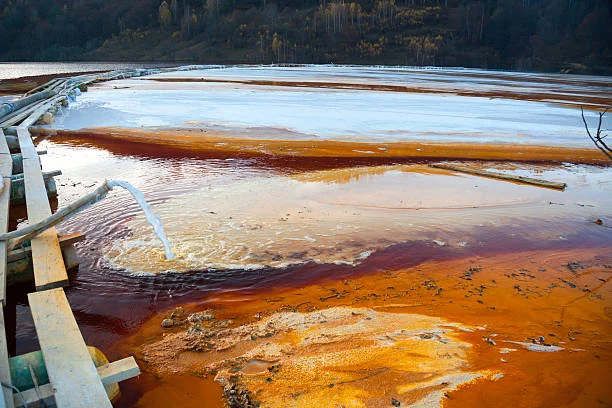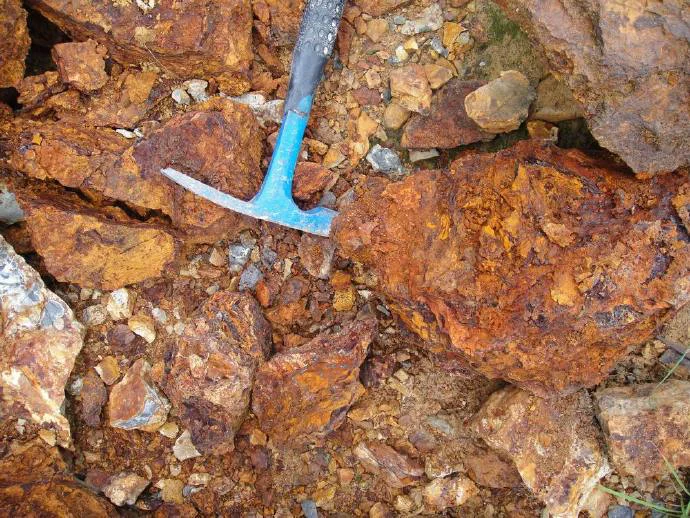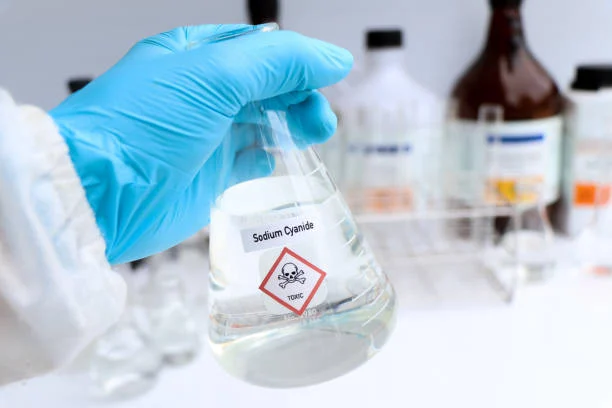
Cyanides are a class of chemical compounds that contain the cyano group (-CN). They are known for their high reactivity and potential toxicity. In this article, we will explore some of the most common types of Cyanides, their properties, and their uses.
Hydrogen Cyanide (HCN)
Hydrogen cyanide, also known as prussic acid, is a colorless, highly volatile liquid with a characteristic bitter almond odor. It is extremely toxic and can be fatal even in small doses. HCN is used in various industrial processes, such as the production of plastics, synthetic fibers, and pesticides. It is also used in the extraction of gold and silver from ores.
Sodium Cyanide (NaCN)
Sodium cyanide is a white, crystalline solid that is highly soluble in water. It is one of the most commonly used cyanides in industry. NaCN is used in electroplating, metal cleaning, and the extraction of precious metals. It is also used in the production of certain pharmaceuticals and chemicals.
Potassium Cyanide (KCN)
Potassium cyanide is similar in properties to Sodium Cyanide. It is a white, crystalline solid that is highly soluble in water. KCN is also used in electroplating, metal cleaning, and the extraction of precious metals. It is sometimes used in the laboratory as a reagent.
Cyanogen Chloride (CNCl)
Cyanogen chloride is a colorless gas with a pungent odor. It is highly toxic and can cause severe respiratory problems. CNCl is used in the production of certain chemicals and as a chemical warfare agent.
Organic Cyanides (Nitriles)
Organic cyanides, also known as nitriles, are compounds in which the cyano group is attached to a carbon atom in an organic molecule. Examples of organic cyanides include acetonitrile (CH3CN), propionitrile (CH3CH2CN), and benzonitrile (C6H5CN). Nitriles are used in a wide range of applications, such as solvents, intermediates in organic synthesis, and in the production of polymers.
Cyanide Salts
In addition to sodium and Potassium Cyanide, there are other cyanide salts, such as calcium cyanide (Ca(CN)2), barium cyanide (Ba(CN)2), and ammonium cyanide (NH4CN). These salts are also used in various industrial processes.
It is important to note that cyanides are highly toxic and can pose a significant risk to human health and the environment. Proper safety precautions should be taken when handling and using cyanides. In case of exposure to cyanides, immediate medical attention should be sought.
- Random Content
- Hot content
- Hot review content
- Toxicity Assessment of Sodium Cyanide and Relevant Hazard Prevention Measures
- OCCUPATIONAL HEALTH & SAFETYMANAGEMENT SYSTEM CERTIFICATE
- Sodium Peroxide
- Cobalt Sulphate Heptahydrate
- Food grade Antioxidant T501 Antioxidant 264 Antioxidant BHT 99.5%
- Diethylene Glycol
- 99% Animal Feed Additive DL Methionine
- 1Discounted Sodium Cyanide (CAS: 143-33-9) for Mining - High Quality & Competitive Pricing
- 2Sodium Cyanide 98% CAS 143-33-9 gold dressing agent Essential for Mining and Chemical Industries
- 3Sodium Cyanide 98%+ CAS 143-33-9
- 4Anhydrous Oxalic acid 99.6% Industrial Grade
- 5Oxalic acid for mining 99.6%
- 6Soda Ash Dense / Light 99.2% Sodium Carbonate Washing Soda
- 7Reagent Grade/Industrial Grade Hydrochloric Acid min.31%
- 1Sodium Cyanide 98% CAS 143-33-9 gold dressing agent Essential for Mining and Chemical Industries
- 2High Quality 99% Purity of Cyanuric chloride ISO 9001:2005 REACH Verified Producer
- 3 High-Quality Sodium Cyanide for Leaching
- 4Powdery emulsion explosive
- 5Industry Grade Electron grade 98% Sulfuric Acid H2SO4 Sulphuric Acid Battery Acid Industrial Sulfuric Acid
- 6Colloidal emulsion explosive
- 7sodium hydrosulfide 70% flakes used Mining Industry











Online message consultation
Add comment: